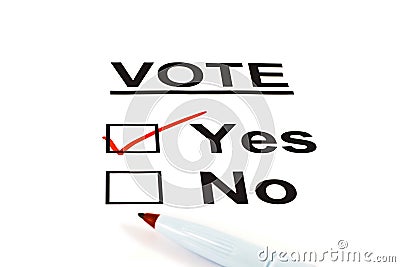What is the process of a referendum?
First a bill is passed by the two houses then a majority of the Members of the House of Representatives and Senators who voted for the proposal and a majority of those who voted against it are divided into the 'Yes committee' and the 'No committee' for the referendum. After this the Governor General issues a writ for the election. Finally information is presented to the voters and voting occurs

When and Why is a referendum held?
A referendum is held when the government wants a direct answer to a question from the people. A referendum has to be held when the government is changing the constitution. A referendum must be held no sooner than two and no later than six months after the proposal is passed by Parliament
The people decide if a referendum will hold because it is the people that vote for if the constitution should change.We know if a referendum has held because we get notified that there has been a change to the constitution and there is lots of advertising new laws at places like on busses and on trains.
Who Votes at a Referendum?
Every one who is on the electoral roll must Put a vote in The referendum saying yes the referendum should hold or no the referendum should not hold. the reason it is just and fair is because or a referendum to hold there must be a majority of people and a majority of states. Only 8 out of the 44 referendums have held because for a referendum to hold it has to not interfere with any other law passed in the past. with the yes or no voters is a good way to get a quick answer some the referendums include equal rights for aboriginals and getting the aboriginal flag to be an equal.

